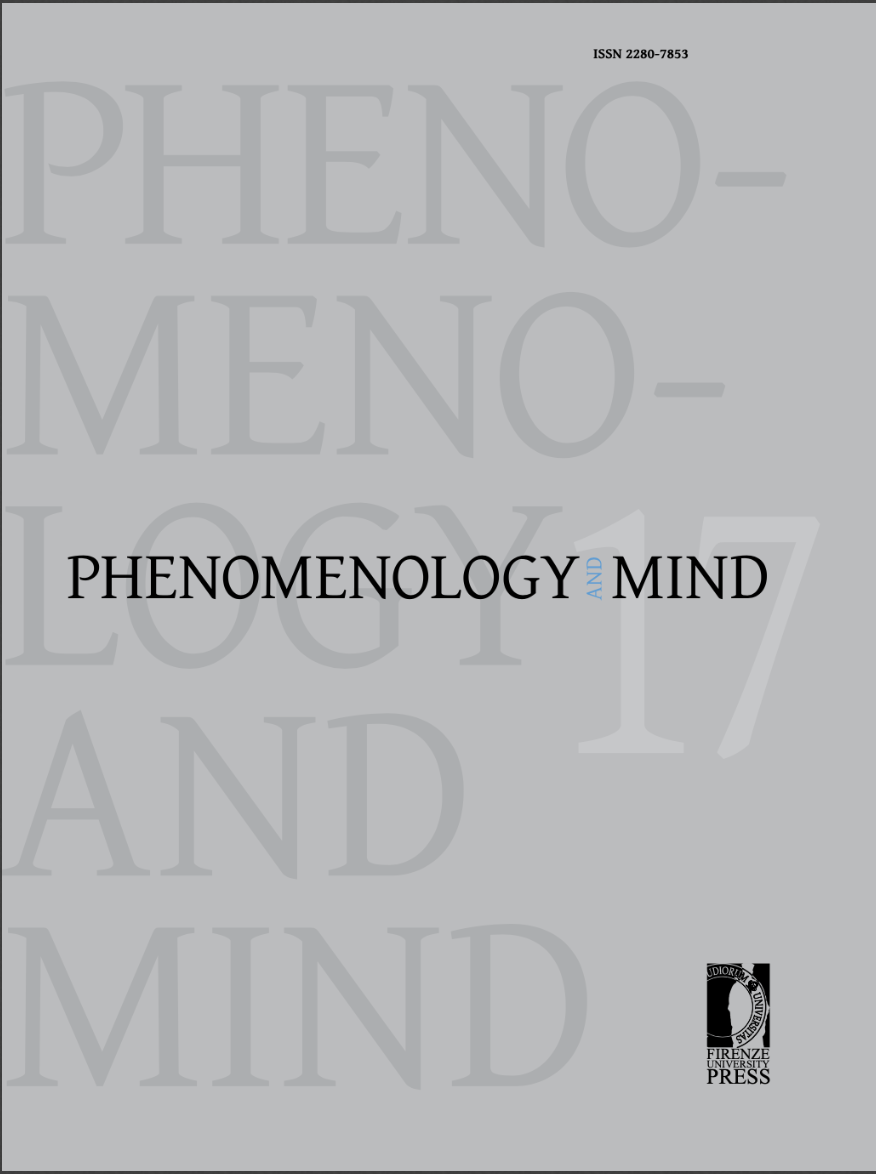Published 2017-01-03
Keywords
- intentionality,
- phenomenology,
- unconscious
How to Cite
Abstract
Many have come to argue recently for the Phenomenal Intentionality Thesis (PIT). PIT can be best defined as a reduction of intentional properties to phenomenal properties. One of the challenges in construing intentionality in PIT terms is explaining unconscious thoughts. The issue comes down to the incompatibility of PIT with the claim of Unconscious Intentionality (UI), or more precisely, the claim that there are genuinely intentional unconscious states. There are two ways in which the proponents of PIT proceed. Most philosophers argue for some relation of derivation of unconscious intentional states from conscious phenomenally intentional states. Firstly, I argue that this option is abandoning the program. Thus, the only way one can proceed, if one wishes to remain within the PIT framework, is to argue for genuine unconscious phenomenal intentionality. Secondly, I consider Pitt’s proposal for unconscious phenomenal intentionality. I argue that, while Pitt stays within the PIT framework, his model does not take into account the necessity of the self for phenomenal (un)consciousness. Lastly, I suggest an outline of a third approach, based on Pitt’s proposal, that takes into account the necessity of subject for intentionality or what-is-it-like-for-me-ness.

